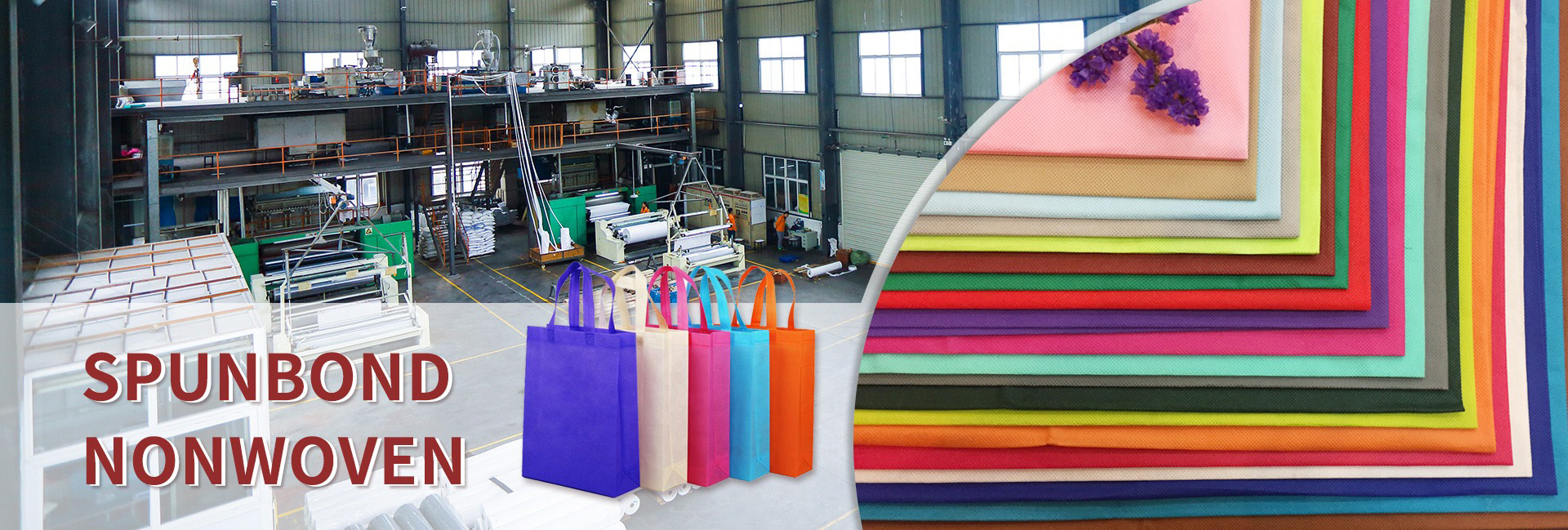According to Market Research Future’s (MRFR) comprehensive research report, Nonwovens Market Insights by Material Type, End-Use Industry and Region – Forecast to 2030, the market is expected to grow at a CAGR of 7% to reach US$53.43 billion. by 2030.
Textile nonwovens are composed of fabric threads that are neither knitted nor woven and therefore are neither woven nor knitted. Polypropylene is a thermoplastic substance that can be used to make textiles or recyclable materials. He can create endless patterns and colors through chemical reactions and heat. The substance is then pressed into a soft cloth-like material that can be embroidered on bags, packaging and face masks.
Unlike plastic, which cannot be recycled, this material is recyclable and therefore less harmful to the environment.
The Covid-19 pandemic has affected millions of people around the world. This had a negative impact on the performance of all industries except pharmaceuticals. Due to the current economic crisis, almost all countries are currently under quarantine. The borders will soon close and crossing borders will become impossible. Many businesses, especially in the textile and clothing industry, will close. Despite the sharp increase in demand for medical products and clothing, the market share of nonwovens continues to grow.
Governments around the world are engaging major market players to produce personal protective equipment (PPE) kits.
All types of masks including surgical, disposable, filter, etc. are absolutely necessary. Manufacturers of nonwovens meet this requirement. In recent years, the nonwovens market has recovered significantly, and the above-mentioned companies have launched new nonwovens and related products through joint ventures, mergers and acquisitions. Cost-effectiveness, excellent quality and environmental friendliness are the company’s three key goals.
View In-Depth Research Report on Non-Writing Fabric Market (132 pages) https://www.marketresearchfuture.com/reports/non-writing-fabric-market-1762
The use of nonwovens is critical in the medical, automotive, personal care and cosmetics sectors. The global pandemic sweeping the world has significantly increased the demand for surgical drapes and gowns. Besides bags, non-woven plastic fabric is also used to make non-woven plastic bottles.
Nonwovens are attractive to automotive manufacturers. Apart from making sun visors, window frames, car mats and other accessories, it is also used to make many types of filters. Therefore, the nonwovens market is expanding rapidly. Previously, polyurethane foam was used in the construction of buildings, today non-woven materials are used instead. As a result, nonwovens are now being used more widely.
The raw materials used to make textile nonwovens are synthetic or man-made. Industrial processes produce large amounts of hazardous waste. Obtaining affordable raw materials can be difficult.
The cost of producing nonwovens is relatively low because the materials needed to make them are abundant. Some materials, such as carbon fiber and fiberglass, are either very rare or very expensive.
The market value of nonwovens is extremely important to the geotextile industry leader. With the development of infrastructure equipment, nonwovens are becoming increasingly popular. The mesh used for shading the greenhouse is made of non-woven materials. People who are good at gardening also buy artificial turf for their gardens, which is mainly made from non-woven materials. This material is widely used in the healthcare and hygiene fields. As a result, nonwovens have helped people achieve a higher standard of living.
It is possible to identify the nonwovens market segments in the global market. The categories we look at are materials, technology, functionality and applications.
Based on materials, the market is segmented into polypropylene (PP), polyethylene (PE), polyethylene terephthalate (PET), viscose and wood pulp.
Based on technology, the market is segmented into dry technology, wet technology, spinning technology, carding technology and other technologies.
Based on application, the market is segmented into hygiene and medical products, consumer products, construction products, geotextiles, and agriculture and horticulture products.
Nonwovens can be produced using a variety of methods such as dry lamination, wet lay-up, spinning and carding. Most nonwovens sold worldwide are made using spunbond technology. Spunbond materials are usually stronger and of higher quality due to their increased strength.
The nonwovens market has expanded dramatically in recent years. The nonwovens market is now an important part of life in every country. Their activities span the globe, from North America to Europe and the Asia-Pacific region.
The Asia-Pacific region is home to the world’s largest nonwovens manufacturers, including China, Japan, India, Australia and South Korea. The region’s industrial production accounts for about 40% of world production. The nonwovens market is dominated by China, South Korea and India.
North America (USA and Canada) and Latin America are considered the second largest nonwovens manufacturing centers due to growth in infrastructure and construction activities.
The most popular mode of transport in Europe (including Germany, UK, France, Russia and Italy) is the car. Due to the huge demand for nonwovens in the automotive industry, the use of nonwovens in the region is growing rapidly. The rest of the world, including the Middle East and Africa, will continue to see strong and sustained growth until the end of the year. Tourism is increasing consumer demand for personal care products.
Microreactor technology market information – by type (single-use and reusable), by application (chemical synthesis, polymer synthesis, process analysis, materials analysis, etc.), by end use (specialty chemicals, pharmaceuticals, bulk chemicals, etc.) d.) – forecast 2030
ME Potassium Feldspar Market Information by Country (Turkey, Israel, GCC and Rest of Middle East) – Forecast to 2030
Epoxy Composites Market Information – By Type (Glass, Carbon), End User (Automotive, Transportation, Aerospace & Defense, Sporting Goods, Electronics, Construction Industry, etc.) and Regional Forecasts to 2030.
Market Research Future (MRFR) is a global market research company that prides itself on providing comprehensive and accurate analysis of diverse markets and consumers around the world. Market Research Future’s primary goal is to provide high quality and sophisticated research to its clients. We conduct market research on products, services, technologies, applications, end users and market players across global, regional and country segments, allowing our clients to see more, know more and do more, thereby helping to answer your most important questions.
Post time: Dec-11-2023

